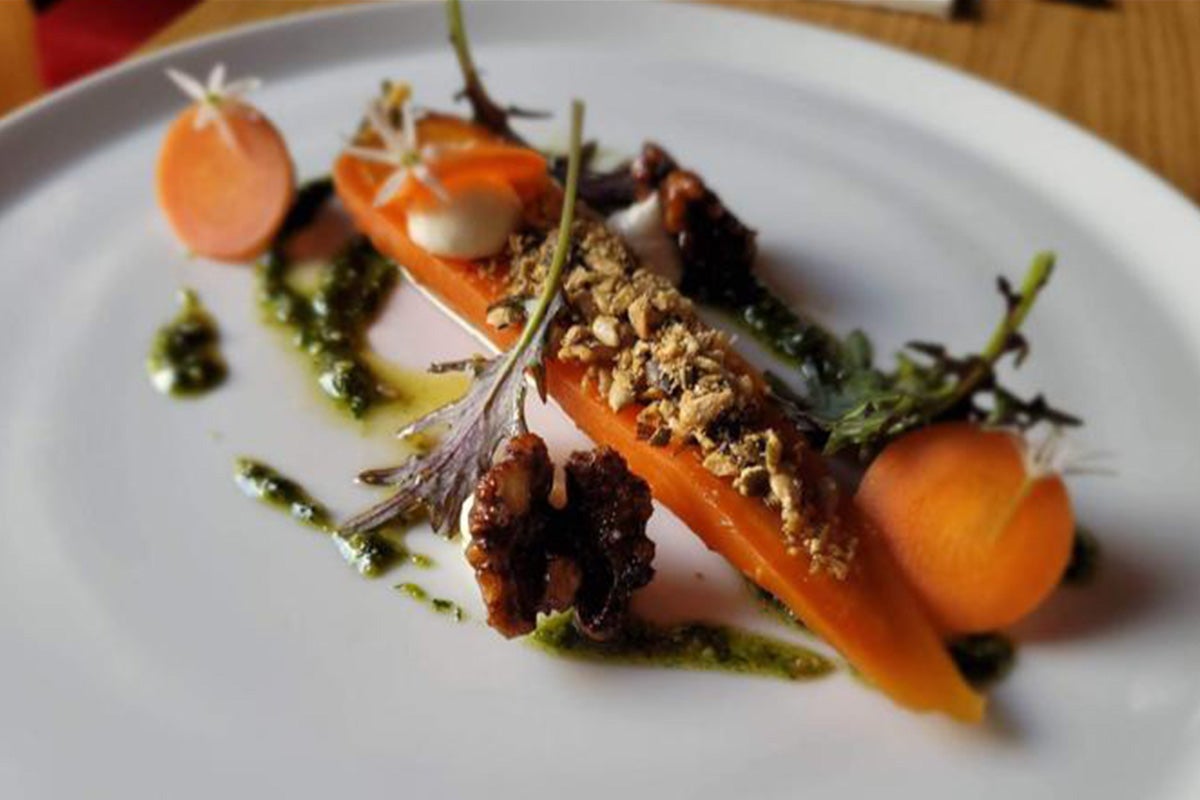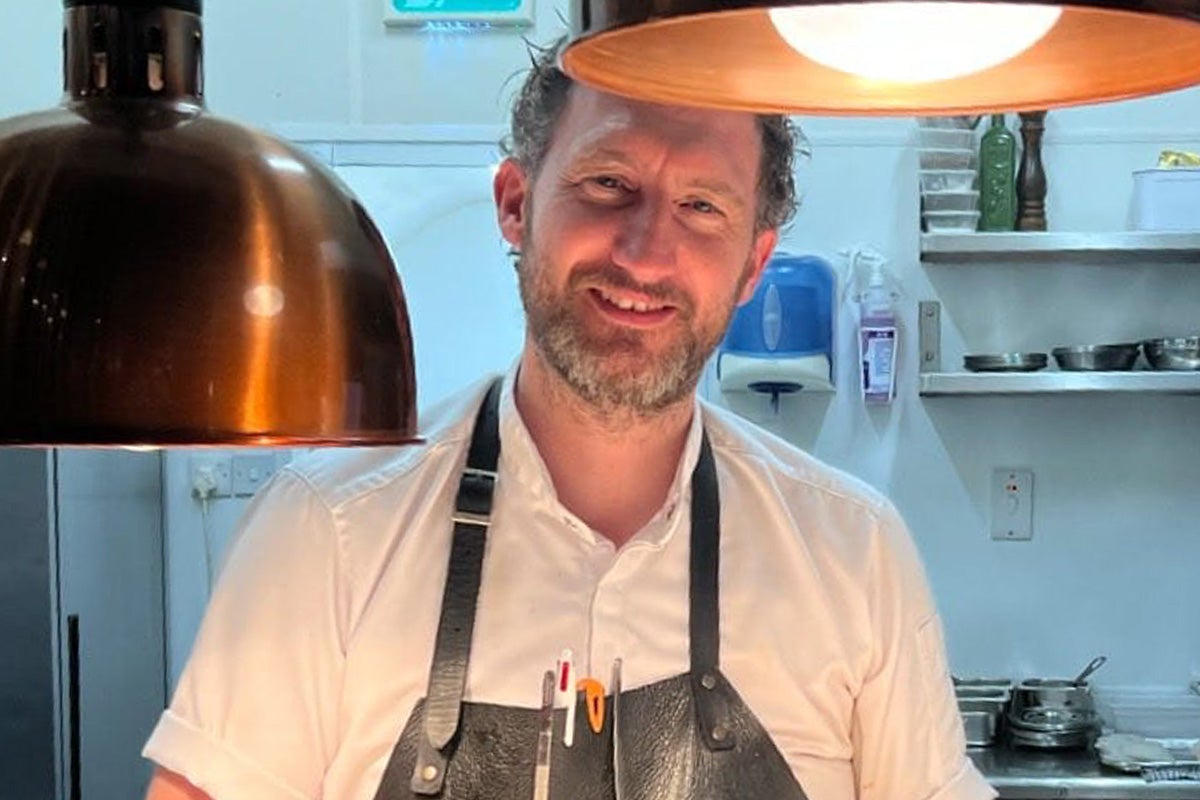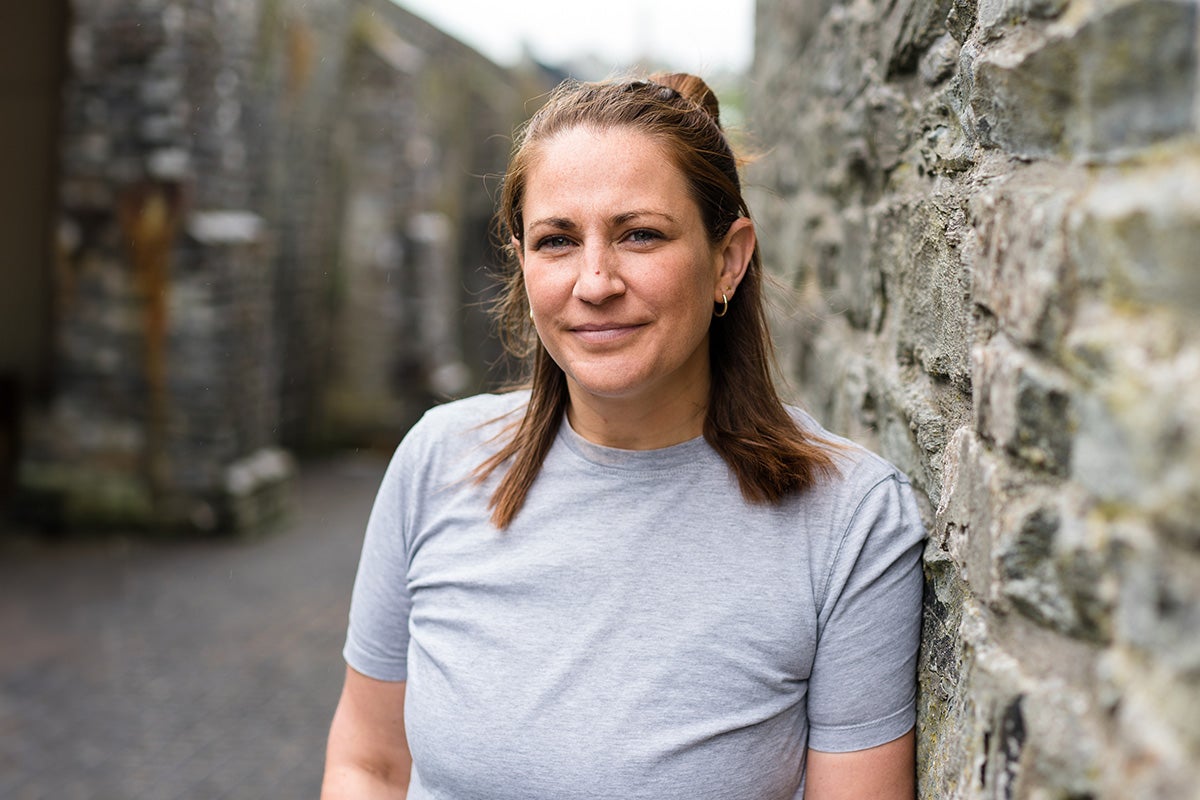Ireland is an exciting place to cook currently. Saying that, it has been for a number of years. It seems in the last 15 years we have found ourselves in relation to the produce we have to hand. What I mean by this is that we have always had good produce in Ireland, a recognised fact for a least the last couple of hundred years, but we failed to recognise this ourselves.
Or perhaps we couldn’t. The self-doubt engendered by the Great Famine (1845-1852) and colonialism forced many of us to conceive of food as only a commodity. Later, our chefs, because of their self-doubt, became fascinated with the foods of many other countries, such as France, Spain and Italy. You could say many Irish chefs still are but there are now a growing number who are turning towards Ireland, towards our land and seas and trying to establish a terroir of our own. In recent years, many young chefs have returned.








